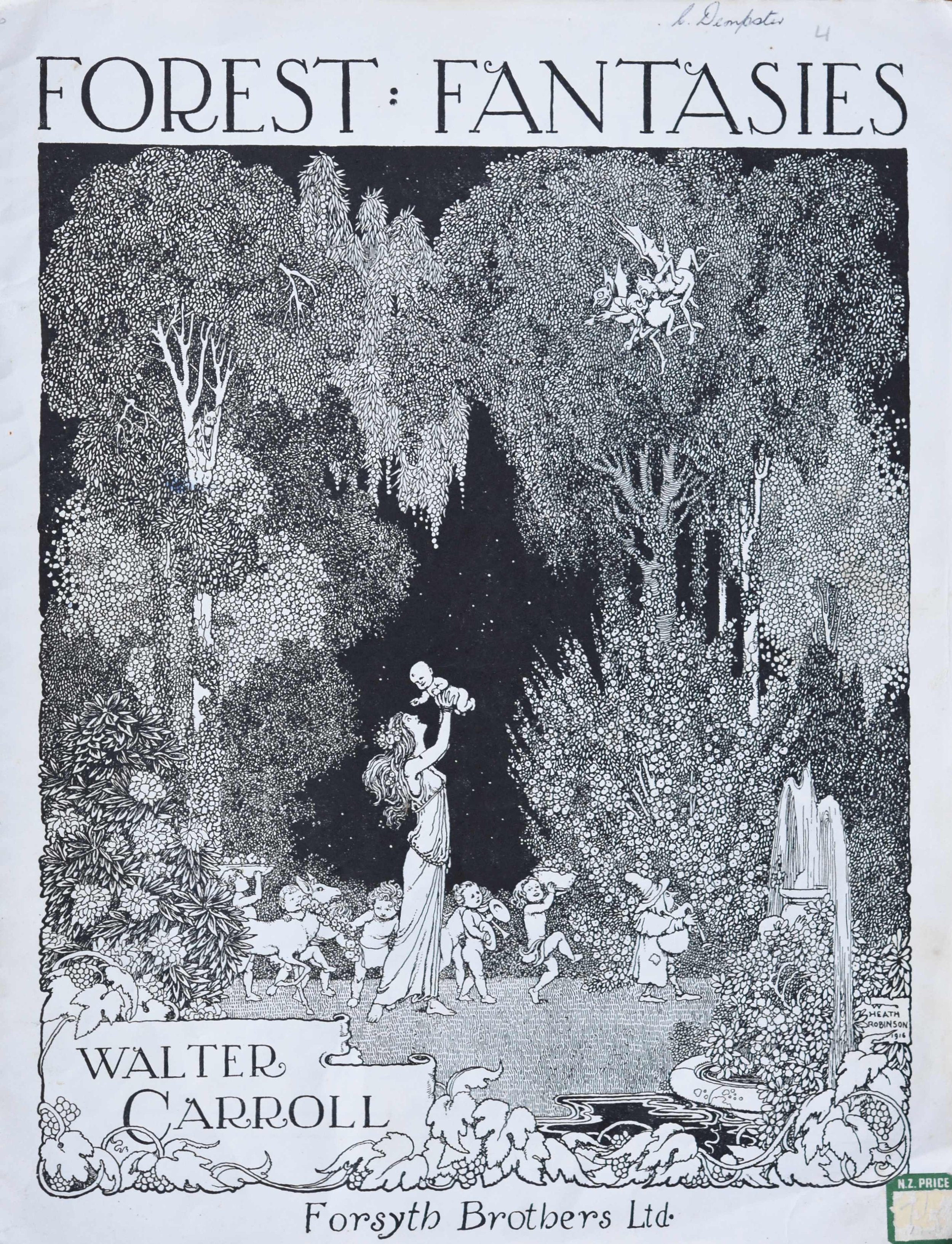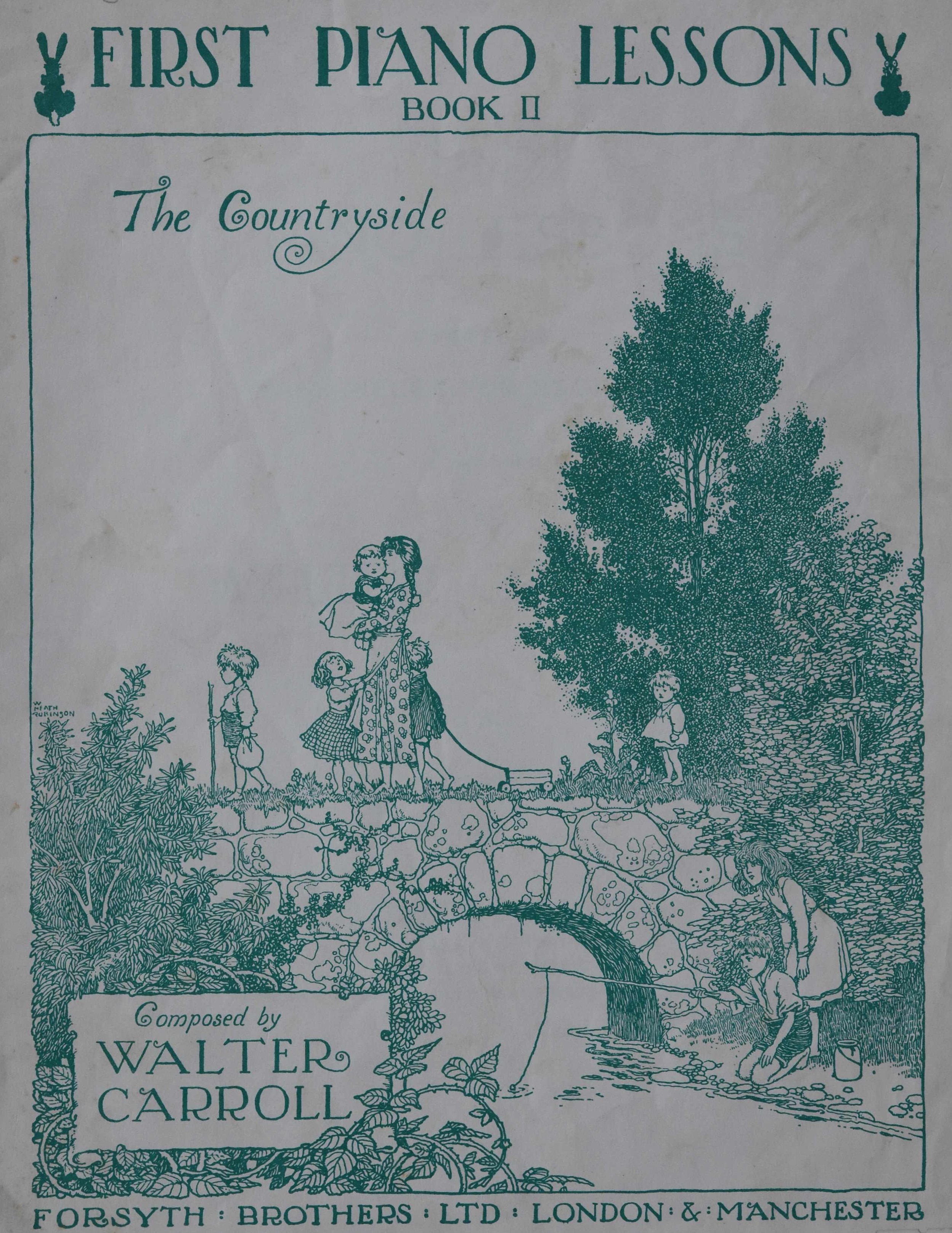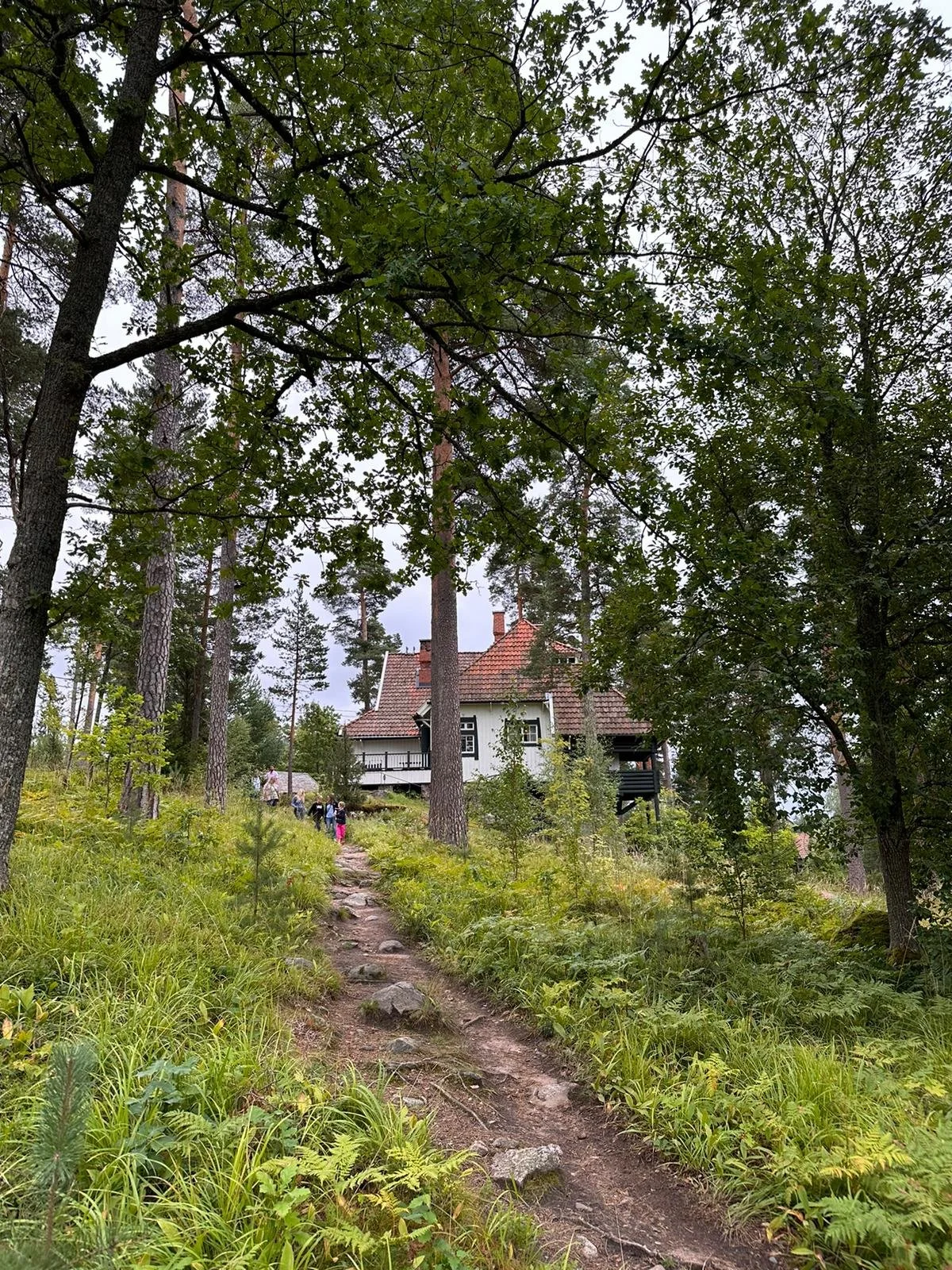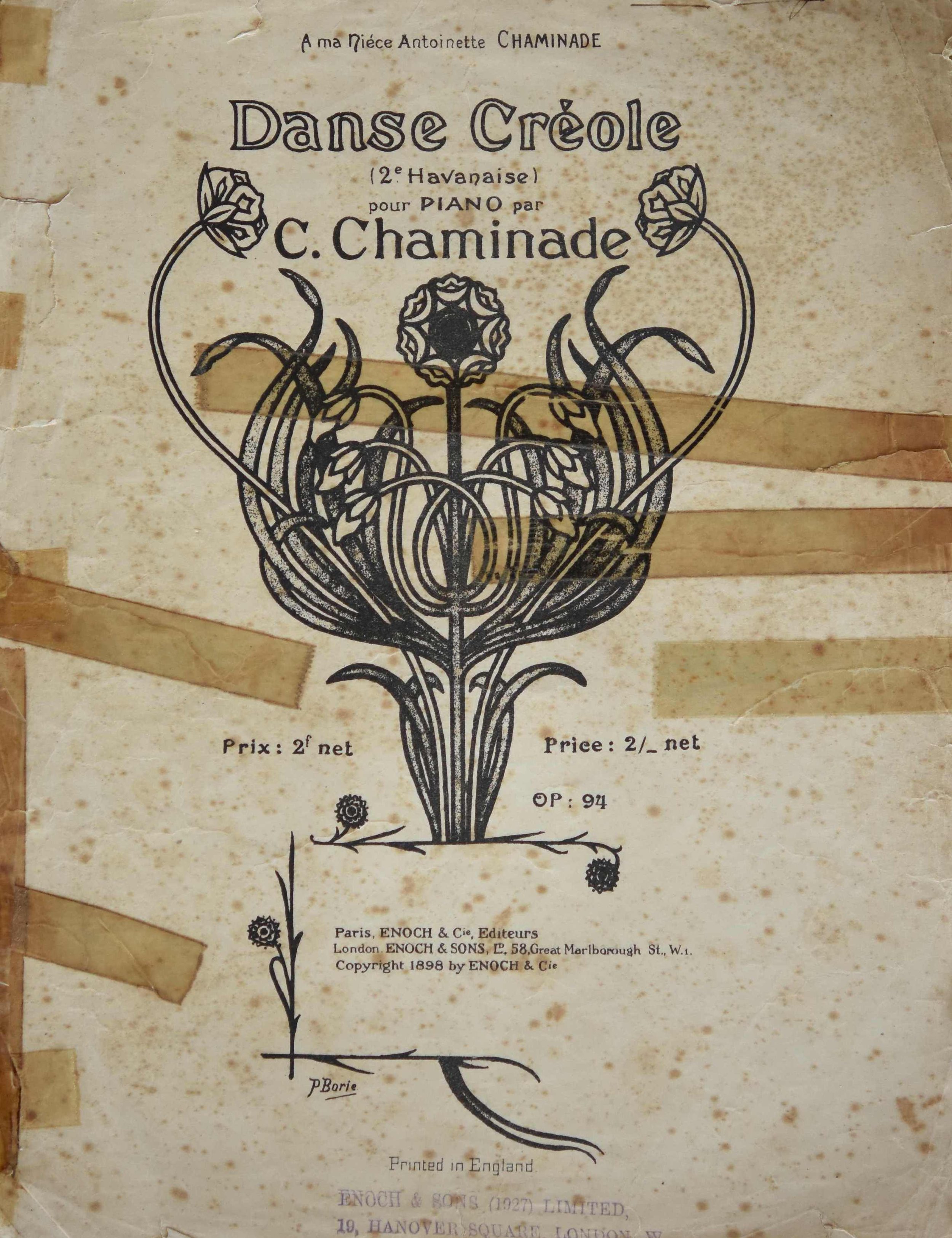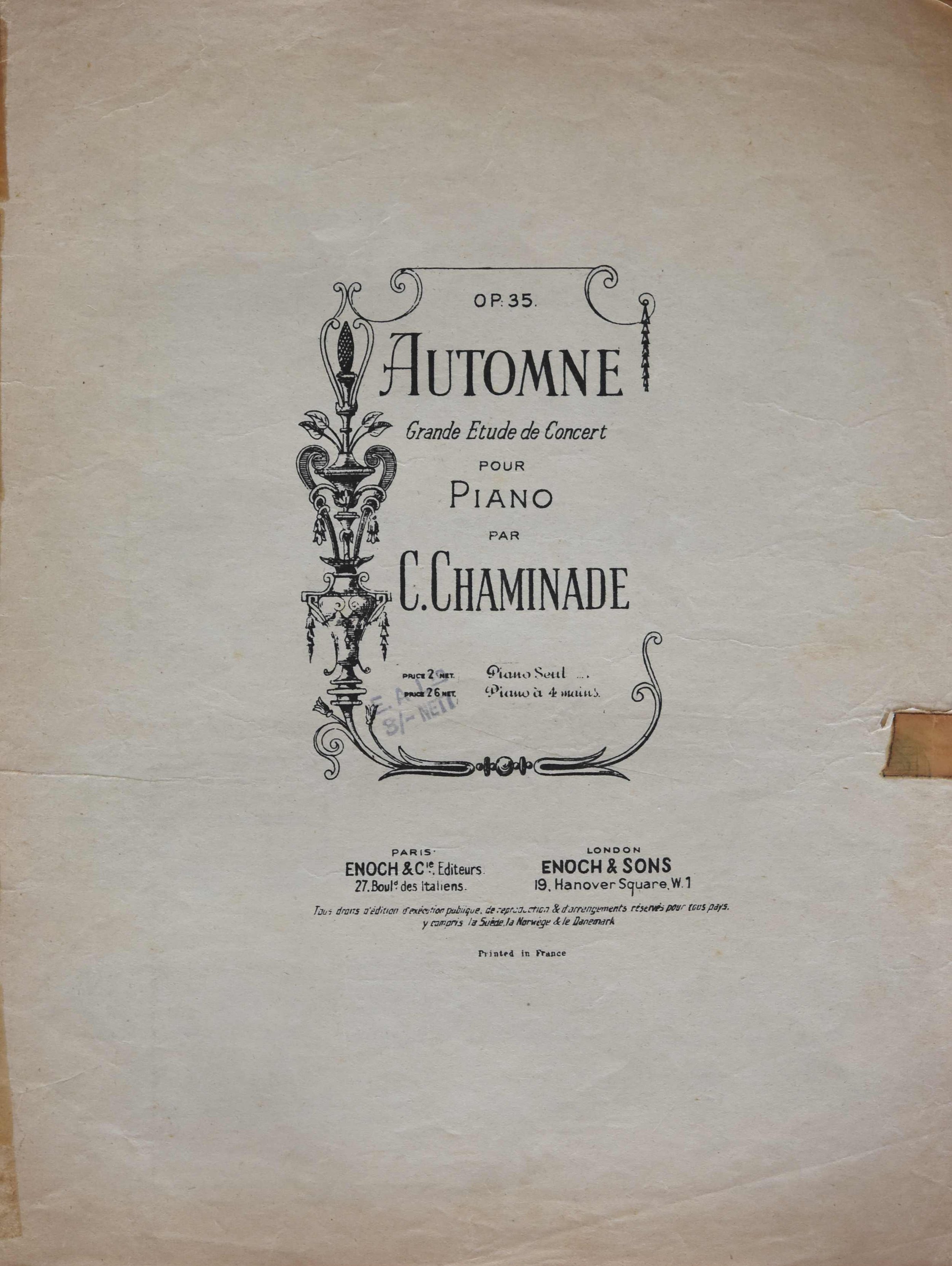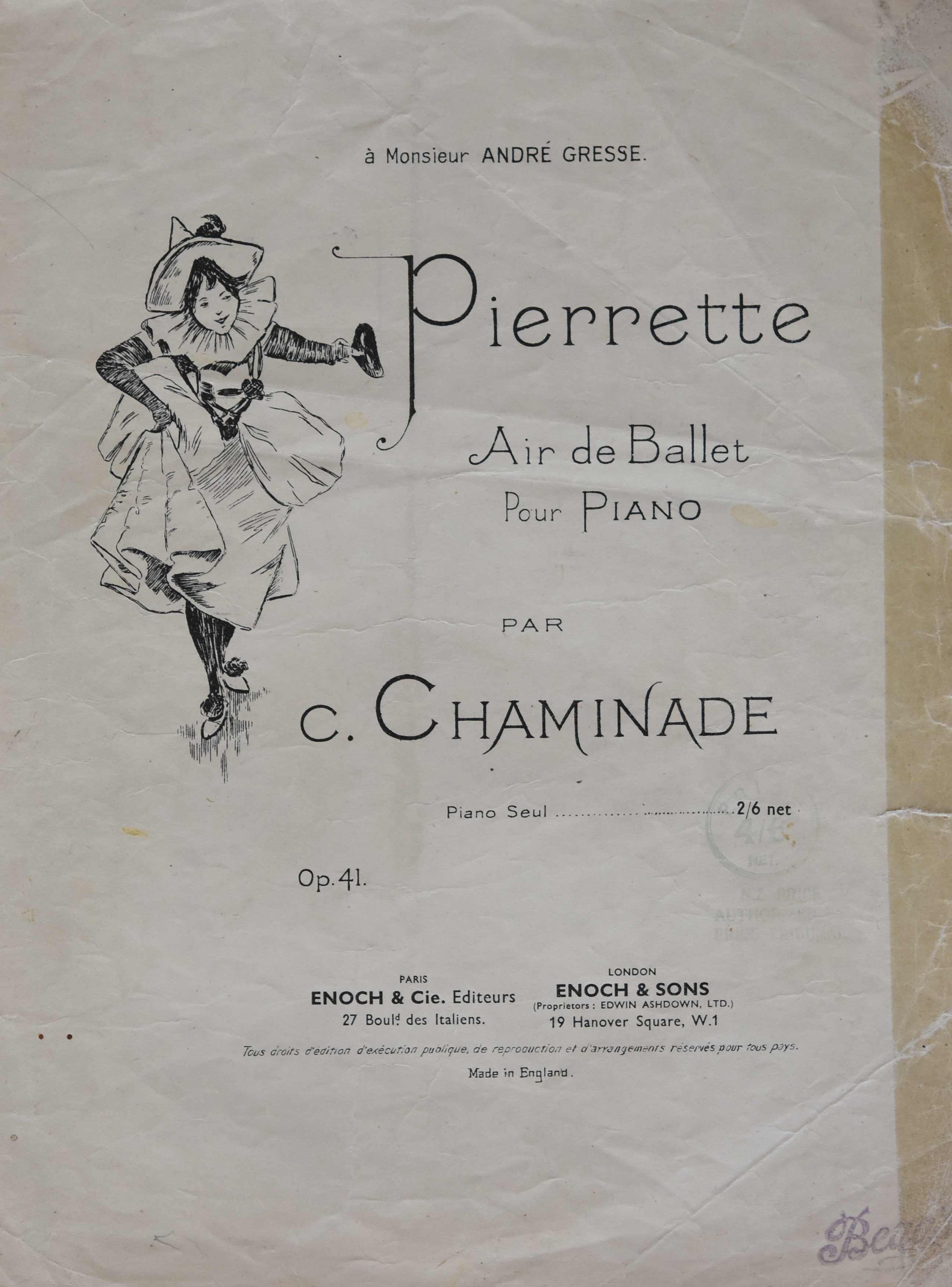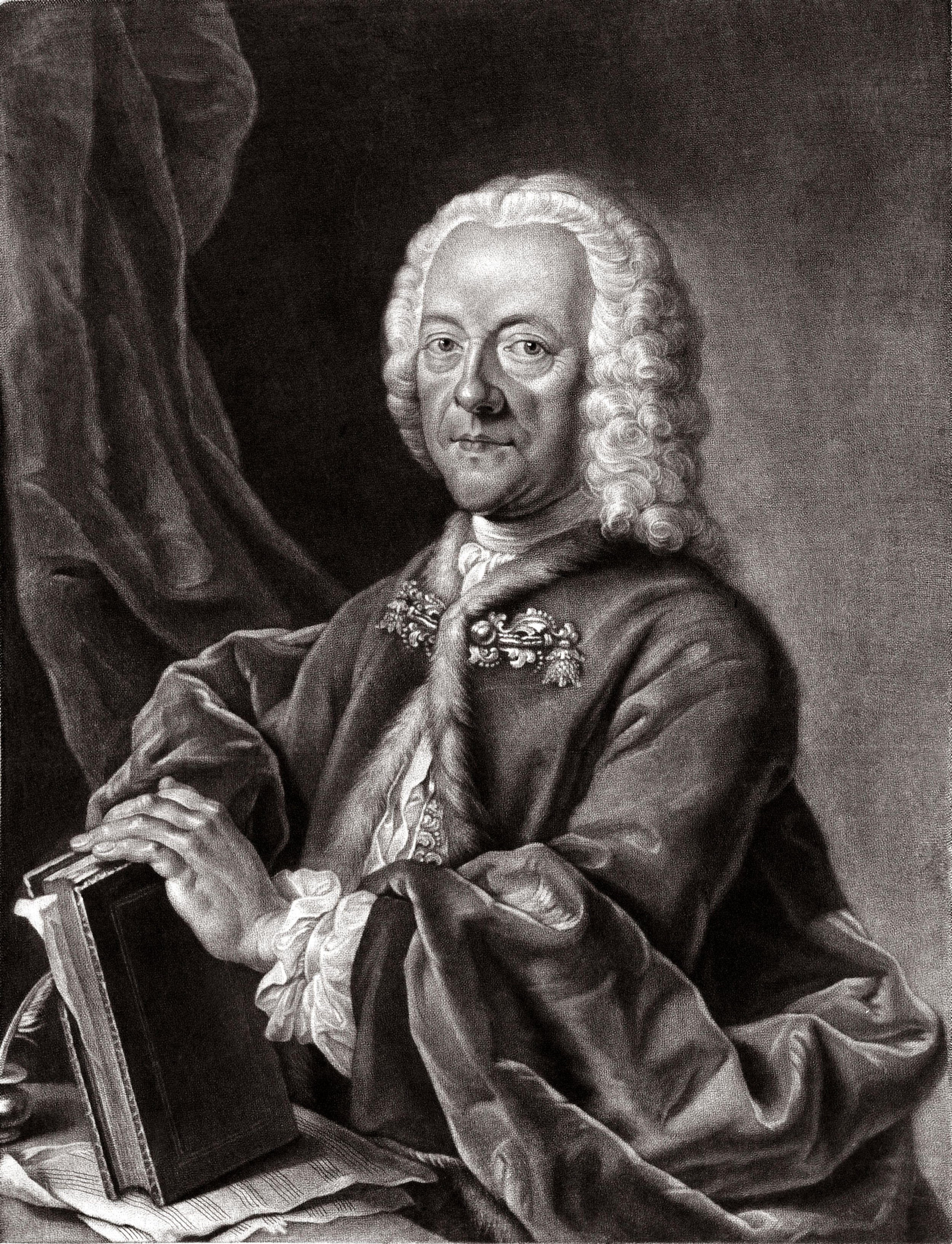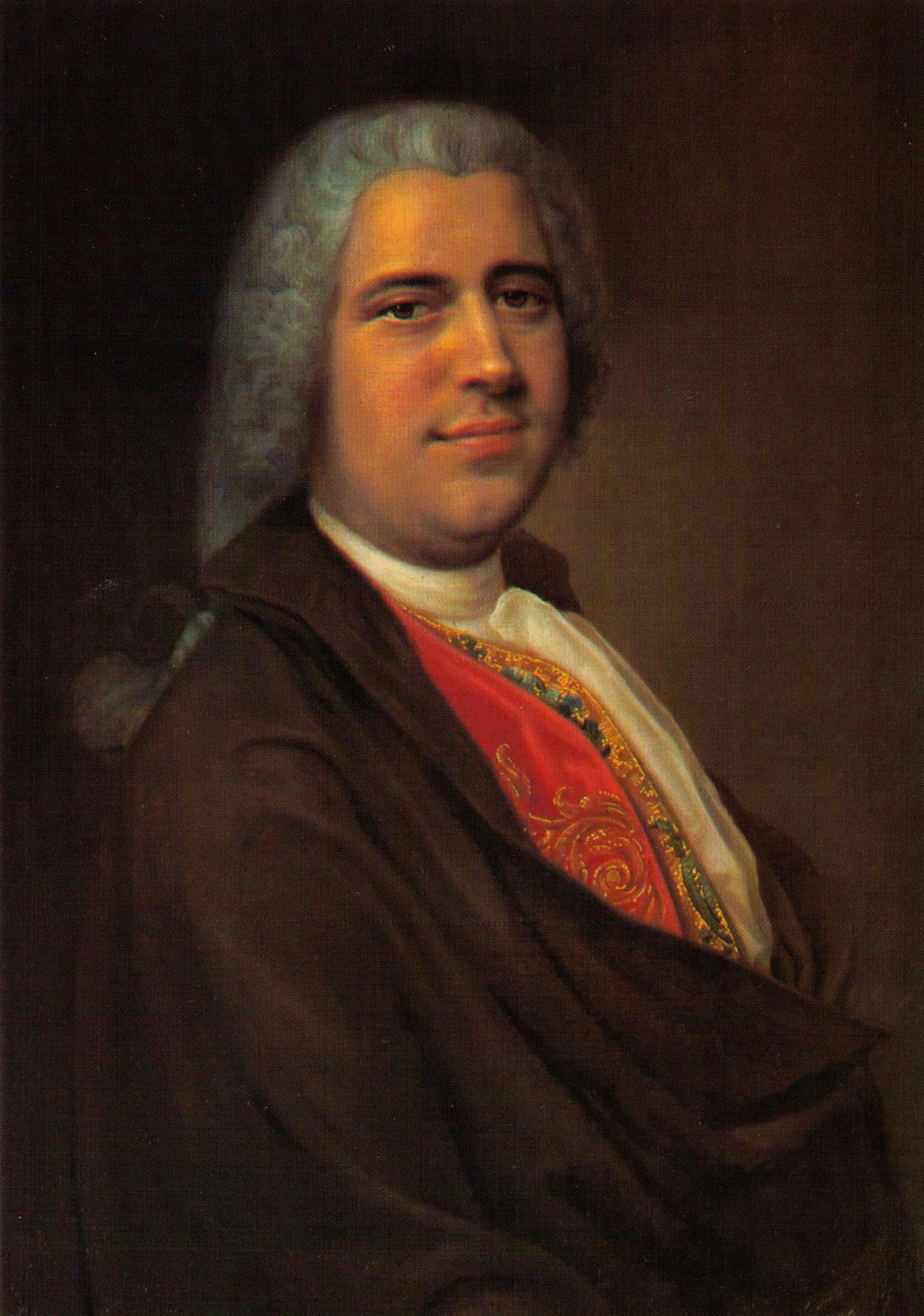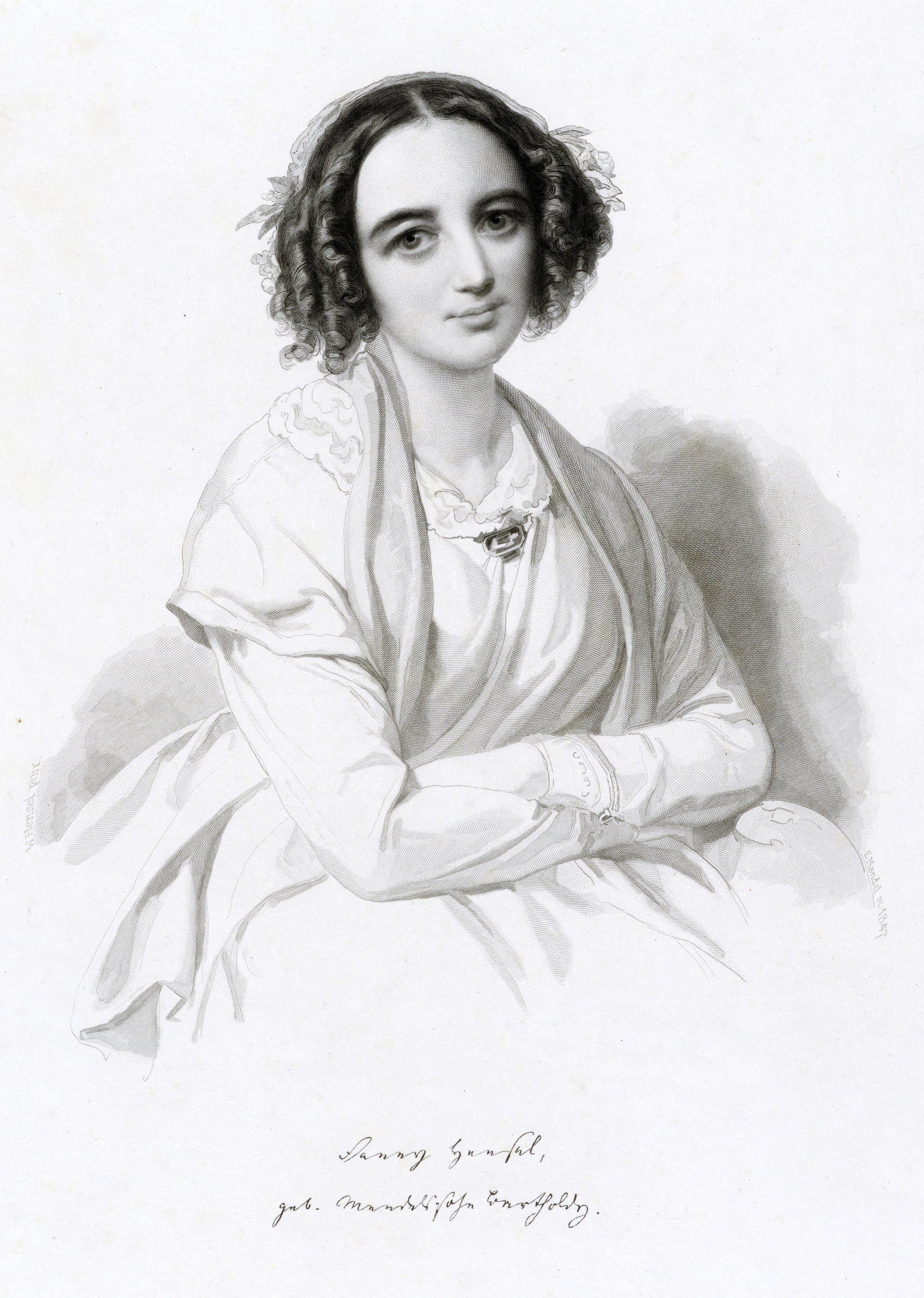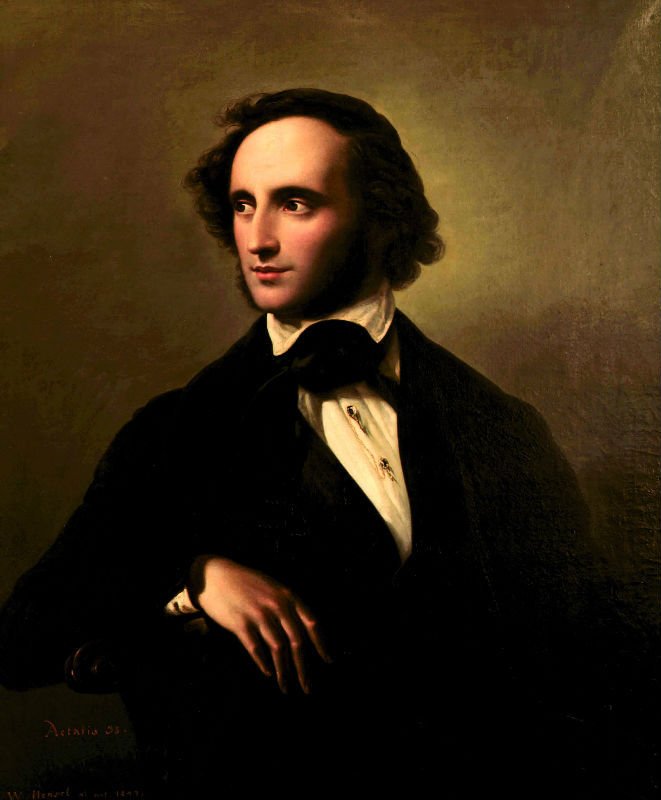Stephen Heller and Lady Randolph Churchill
C. P. E. Bach and Sturm und Drang
Johann Wilhelm Hassler
Troldhaugen, Edvard Grieg house and musuem Bergen Norway
Felix Le Couppey
Walter Carroll, composer, lecturer and author.
John Joseph Woods composer of New Zealand's National Anthem
Ainola, home of Jean and Aino Silbelius and their five daughters.
Gilbert and Sullivan
Cecile Chaminade
By Unknown author - Henrici, L. O. Representative Women. Kansas City, Mo.: The Crafters Publishers. 1913Original source: What We Hear in Music, Anne S. Faulkner, Victor Talking Machine Co., 1913., Public Domain, https://commons.wikimedia.org/w/index.php?curid=864492
Heinrich Karl Johann Hofmann
Carl Albert Loeschhorn 1819 - 1905
Beethoven's Broadwood piano
Hamburg Composers' Quarters
From Alamy.com
By Unknown author (The photographer is unknown and not mentioned in the source.) - Max Kalbeck: Johannes Brahms. II Erster Halbband 1862–1868. Deutsche Brahms-Gesellschaft m.b.H., Berlin 1908., Public Domain, https://commons.wikimedia.org/w/index.php?curid=20384507
Hamburg is the second largest city in Germany.
The Brahms Museum is located in a 1751 merchant’s house since 1971 and it is staffed by volunteers. This Museum contains a magnificent marble bust of Brahms as well as the square piano on which Brahms gave piano lessons. This piano was manufactured in Hamburg in 1851 by the firm Baumgardten and Heins. The Museum deals with the time that Brahms spent in Hamburg, the first three decades of his life. The Museum contains, among other items, some if his personal items, letters, photographs, sheet music, concert programmes and Brahms’ writing desk.
Brahms was born near the Museum and his birthplace was destroyed by bombing in 1943.
Ostromecko, Old Palace, square piano by Carl Christoph Günther from ca. 1835-40, Musical Instrument Collection of Andrzej Szwalbe, inv. no MOK-VII-FZ-037 (PN-VI-60-86): http://fortepian.instrumenty.edu.pl/en/pianos/show/piano/47
By Pko - Own work, CC BY-SA 4.0, https://commons.wikimedia.org/w/index.php?curid=116779274
From Alamy.com
Telemann Museum, Composers’ Quarter, Hamburg
By Karlderkahle - Von Karlderkahle am 2. Juni 2011 in die deutschsprachige Wikipedia geladen., Copyrighted free use, https://commons.wikimedia.org/w/index.php?curid=15468820
By Valentin Daniel Preisler - This file has been extracted from another file, Public Domain, https://commons.wikimedia.org/w/index.php?curid=49314485
This museum was opened in 2011 and it is in a historical building in the Peterstrasse where Telemann lived and worked from 1721 until his death in 1767. Telemann was a composer, musician, music director, opera conductor and author.
The museum has a recreation of the interior of St Catherine’s Church in Hamburg, this was one of the churches where Telemann worked. Telemann is buried in the Church of St John’s Monastery.
The museum not only displays his importance to Hamburg musically but also discusses his passion for his garden in Hamburg. He had a well-loved flower garden and he asked for plants from all around the world. In 1754, Handel sent Telemann a crate of “the best plants in all England, having fist secured a list of Telemann’s requirements”. Apparently, Telemann said “I am insatiable where hyacinths and tulips are concerned, greedy for ranunculi and especially for anemones” he once wrote in a letter. On the website www.concert-diary.com it states, “his garden was so famous that in 1742 a list of his plants was collated and has survived to this present day”. The cultivation was rather in vogue at the time when Telemann was living.
www.wikipedia.org/wiki/Telemann_Museum
www.concert-diary.com
Johann Adolph Hasse
By Balthasar Denner (1685-1749) [1] - http://www.komponistenquartier.de/die-museen/johann-adolf-hasse-museum/, Public Domain, https://commons.wikimedia.org/w/index.php?curid=17247554
Hasse is on the most important European opera composers of the 18th century, he was a pivotal composer in the development of opera seria. He began his career at the Hamburg Opera House. The museum in the Hamburg Composers’ Quarters shows Hasse’s early years in Hamburg to his later career internationally.
Hasse came from a musical family, they were church organists, and he received his first music lessons from his father. At the age of 19 he was a tenor singing with a Hamburg opera company. By the age of 25 he was living and studying opera in Naples. During the period 1731 to 1764 Hass was Kapellmeister at the court of Dresden and this post allowed him the freedom to travel and accept commissions throughout Europe. The Wikipedia article concerning the museum states “The presentation continues with his career as a prominent composer. He and his wife, the opera singer, Faustina Bordini, gained international prestige and played respected roles at the European courts and theatres”.
However, in his later years he was not as influential as he had been earlier. According to one opinion, his music lacked depth since Hasse believed that melody and beautiful singing were the most important aspects of music. Gluck began reforming opera in the 1760s and Hasse was one of the composers he reacted against. It is thought that Hasse composed more than 1500 works, many of which were destroyed in Frederick the Great’s siege of Dresden in 1760, although a number have survived.
Included in the museum are libretti from Hasse’s operas, costumes, set designs and a replica of a Baroque opera stage.
By Ymnes - Own work, CC BY 4.0, https://commons.wikimedia.org/w/index.php?curid=73154530
www.findagrave.com/memorial/21994215/johann-adolph-hasse
en.wikipedia.org/wiki/Johann_Adolph_Hasse
en.wikipedia.org/wiki/Johann_Adolph_Hasse_Museum
www.classical.net/music/comp.lst/acc/hasse.php
Gustav Mahler Museum Hamburg
This museum, opened in 2018, is devoted to Gustav Mahler. Mahler was resident in Hamburg from 1891 to 1987 as an opera conductor. He was Kapellmeister at the Hamburg State Theatre. His work as an opera conductor in Hamburg brought international fame to the city and to the Hamburg State Theatre. During Mahler’s time in Hamburg he composed his second and third symphonies and also some sons.
By Ymnes - Own work, CC BY 4.0, https://commons.wikimedia.org/w/index.php?curid=73154512
Mahler 1896 by unknown - https://mahlerfoundation.org/mahler/chronology/1892-1897-hamburg/year-1896/, Public Domain, https://commons.wikimedia.org/w/index.php?curid=114383095
The exhibits in the museum includes a bike from 1895 as Mahler was a keen cyclist. There is also a player piano made by Welte-Mignon, which as the Wikipedia article states “which reproduces the composition accurately in the way Mahler intended it to sound”. Mahler was a man of many interests, and the museum contains letters, books, reviews and announcements for his concerts.
en.wikipedia.org/wiki/Gustav_Mahler_Museum
https://www.gustav-mahler-vereinigung.de/gustav-mahler-in-hamburg.html
By Wilhelm Hensel; Eduard Mandel - http://resolver.sub.uni-hamburg.de/goobi/PPN663944058, Public Domain, https://commons.wikimedia.org/w/index.php?curid=90557653
By Wilhelm Hensel - http://www.hetorgel.nl/d2010-06b.html, Public Domain, https://commons.wikimedia.org/w/index.php?curid=25946410
Fanny and Felix Mendelssohn Museum
This museum was opened in 2018. Fanny and Felix Mendelssohn were close, helping each other with their compositions. According to Wikipedia “The museum focuses on their lives, including their childhood and the circumstances in which people of Jewish descent lived and worked within the German culture of the time. In her lifetime, Fanny (1805–1847) wrote the compositions to more than four hundred songs. Felix (1809–1847) was younger than her and had composed since he was an adolescent. Their mother taught them to play the piano in their early years”.
One of the central items of the museum is a fortepiano which celebrates music making, something that was the primary focus of their lives.
By Ymnes - Own work, CC BY 4.0, https://commons.wikimedia.org/w/index.php?curid=73154259
Fanny was born in Hamburg in 1805 and Felix was born in the same city in 1809. The family moved to Berlin in 1811.
en.wikipedia.org/wiki/Fanny_Felix_Mendelssohn_Museum
C.P.E. Bach Museum
By Franz Conrad Löhr - http://www.bpk-images.de/?18671877727020631900&MEDIANUMBER=00092233, Public Domain, https://commons.wikimedia.org/w/index.php?curid=44147555
This museum was opened on the 18th March 2015. C. P. E. Bach succeeded his godfather Telemann as the cantor and director of the five main churches of the city. Bach lived in the city from 1868 to 1788 and he was a very important part of Hamburg’s musical life. He was a very busy person as he was responsible for approximately 200 performances annually at these churches and he also had to compose music for a range of occasions. In addition, to this he organised public concerts and was often the soloist at these performances. In the museum information is provided on the characteristics of his music and his influence.
C. P. E. Bach died in Hamburg on the 14th December 1788 and he is buried in a vault in St Michael’s Church, Hamburg.
In this museum there is a clavichord which was C. P. E. Bach’s favourite instrument. This clavichord is situated in a reconstruction of a parlour of the period.
www.dw.com/en/hamburg-now-hails-classical-composers-with-a-street-of-museums
www.bach-leipzig.de/en/bach-archive/carl-philipp-emanuel-bach
By Ymnes - Own work, CC BY 4.0, https://commons.wikimedia.org/w/index.php?curid=73154450
Henry Purcell
Johann Christian Bach
Johann Christian Bach
Johann Christian Bach was the 18th child of Johann Sebastien Bach, the youngest of his 11 sons, born on the 5th September 1735 in Leipzig. He was first taught by his father however after his father’s death when he was aged 15, his half-brother Carl Phillipp Emmanuel Bach, 21 years his senior instructed him in Berlin. During his time in Berlin, he performed some of his own works in public for the first time. He was his father’s copyist in the last years of his father’s life.
He lived in Italy for a period from 1754 and he became organist at the Milan Cathedral in 1760. It was during his time in Italy that Johann Christian Bach converted from Lutheranism to Catholicism. He devoted much of his time to the composition of church music whilst in Italy.
By Pompeo Girolamo Batoni - https://www.sellingantiques.co.uk/606548/a-portrait-of-the-composer-johann-christian-bach-17351782/, CC0, https://commons.wikimedia.org/w/index.php?curid=114982501
Milan Cathedral by Bernt Rostad - Taken from Flickr https://www.flickr.com/photos/brostad/3455659602/, CC BY 2.0, https://commons.wikimedia.org/w/index.php?curid=7441793
By Bach, Johann Christian, 1735-1782 [performer]Abel, Karl Friedrich, 1723-1787 [performer]Bach, Johann Christian, 1735-1782 [funder/Sponsor]Abel, Karl Friedrich, 1723-1787 [funder/Sponsor]Incledon, Charles Benjamin, 1763-1826 [performer] - Digital Bodleian This file comes from the John Johnson Collection of Printed Ephemera.This file comes from the Bodleian Libraries, a group of research libraries in Oxford University. Public Domain, https://commons.wikimedia.org/w/index.php?curid=47914806
In 1762 Johann Christian Bach moved to London becoming known as the “London” Bach. He travelled to London to premiere three operas, one of which was Orione. (This was one of the first few musical works to use the clarinet.) In London he was known as John. He became music master to Queen Charlotte, his duties included teaching music to the Queen and her children, accompanying the King’s flute playing and directing the Queen’s band. In 1766 he married the soprano Cecilia Grassi. They did not have any children. Also, in 1762 he became composer to the King’s Theatre in London, writing several Italian operas for it. He was the only of J. S. Bach’s sons to write operas in the Italian language. In 1764 he commenced his fashionable series of subscription concerts with the viola da gamba (a forerunner of the cello) player Karl Abel. Abel and Bach conducted the concerts on an alternate basis and many of their own compositions were played. These concerts at the Great room in Spring Gardens, Carlisle House in Soho, formerly St James, Almack’s Assembly Rooms and then at the bespoke concert room they had built in Hanover Square became a very fashionable public entertainment in London. (The Hanover Square Rooms were demolished in 1900.) Johann Christian Bach also composed many songs for the open-air concerts at Vauxhall Gardens.
He is noted for being an influence on Haydn and Mozart regarding the concerto and he contributed significantly to the development of the new sonata framework. In 1764 Mozart met Johann Christian Bach in London, spending nearly 18 months being taught by him. Mozart valued the time he spent with Bach and when he heard of his death he stated, “What a loss to the musical world!’”. In Maurice Hinson’s book “At the Piano with the Sons of Bach” he states that “Mozart was deeply impressed by the lovely lyrical melodies in Christian’s music, its sensitive elegance and its effective use of melodic contrast”.
Johann Christian Bach’s compositions include cantatas, chamber music, keyboard and orchestral works, operas and symphonies. Some of his compositions were written for the needs of his pupils. In Maurice Hinson’s book “At the Piano with the Sons of Bach” he describes Johann Christian Bach’s music as being influenced by “the brilliance and sensuousness of Italian opera and the melodic grandeur of Italian church music”. The Britannica states that his music “reflects the pleasant melodiousness of the galant, or Rococo style. Its Italian grace influenced composers of the Classical period”. The word rococo from the French word rocaille, means “rockwork”. The rococo style is explained in Maurice Hinson’s book “At the Piano with the Sons of Bach” as being “characterised by ornamental delicacy, graceful elegance, and (often) sophisticated wit.” Galaxy music notes states “his deliberate attempt to signify instrumental music as a manifestation of musical passion, bereft of the contrapuntal complexity and intellectual severity of the earlier eras, deserves plaudits”. His compositions belong to the new homophonic style of writing and contain a strong Italian essence.
From Alamy.com
In 1765 Johann Christian’s opera Adriano in Siria was performed. The Guardian states “despite the high quality – both musically and dramatically – of Adriano in Siria, it received only seven performances, and it was never revived. The Italian members of the original cast and audiences saw to that. To them it seemed inconceivable that a non-Italian could compose a good opera (Mozart was to come up against the same prejudices in Vienna just three years later), and an amusing letter from May 1765 to The Gazetteer and New Daily Advertiser, written by an anonymous footman at the King’s theatre, records that “the extraordinary merit of Mr Bach’s Adriano in Siria could not rescue it from the vengeance of these destroyers; it was doomed to oblivion as soon as it was presented: and why? Because forsooth Mr Bach did not breathe Italian air as soon as he was born. All but the Italians acknowledged the beauties of Mr Bach’s operas; and none but the Italians could have been capable of smothering so elegant a production.”
By the late 1770s however, his popularity and finances were in decline. His steward embezzled most of his money. Queen Charlotte covered the expenses of his estate, and his widow was provided with a pension for life.
Johann Christian Bach was friends with the painter Thomas Gainsborough.
Johann Christian Bach’s opus numbers are listed using a ‘W’ as they are taken from Ernest Warburton’s “The Collected Works of Johann Christian Bach”. The opus numbers have sub-categories such as ‘A’ for keyboard works and ‘E’ for liturgical works.
He was buried in the Old St Pancras Cemetery in a pauper’s grave on the 6th January 1782, his name is misspelt in the burial register as Back.
www.britiannica.com/biography/Johann-Christian-Bach
www.newworldencyclopedia.org/entry/Johann_Christian_Bach
www.guardian.com/music/2015/apr/10/jc-bach-london-mozart-classical-opera-adriano-in-siria
www.rslade.co.uk/18th-centruy-music/composers/johann/christian-bach
At the Piano with the Sons of Bach, edited by Maurice Hinson, Alfred Publishing 1995









